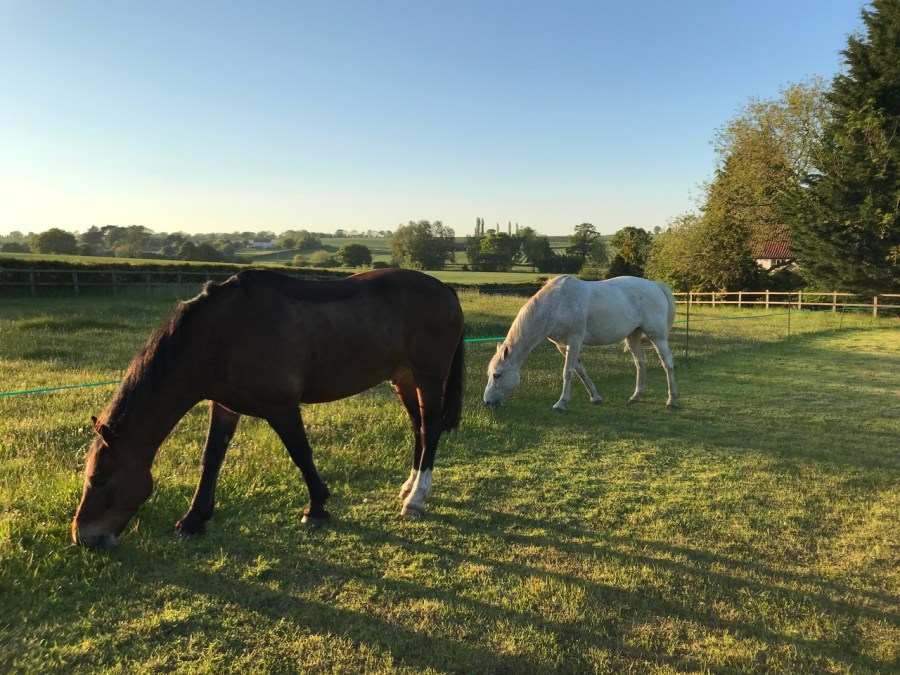Entries open today to win a strip grazing kit from feed company Spillers, which is celebrating its Waltham Equine Studies Group publishing its 100th research paper — this one about the benefits of strip grazing.
The competition is running on Spillers’ Facebook page between 21 and 28 June. The prize, which includes energiser, fencing tape and posts for up to 2.5km of fencing, is an effective way to restrict grass intake and is an essential part of many equine weight management programmes.
The latest paper by Waltham Equine Studies Group, which underpins the science behind the Spillers brand, was its 100th relating to obesity, laminitis, equine metabolic syndrome (EMS) and weight management.
“For many horses and ponies, grass is the main source of calories in the diet and is also one of the hardest for owners to control,” said a statement.
“A 250kg pony living out at grass may consume enough energy (calories) to fuel a 500kg racehorse — equivalent to more than half a bag of conditioning cubes every day.”
The latest research — Comparison of three restricted grazing practices for equine bodyweight management during the UK grass growing season1 — was conducted by Annette Longland in collaboration with Spillers via the WALTHAM Equine Studies Group.
‘Strip-grazed ponies gained less weight’
Three groups of four ponies were turned out into individual paddocks that had been measured at the start of the study to provide 1.5% of the ponies’ bodyweight (dry matter) in grass for 28 days.
They were assigned to one of three grazing practices:
- After a two-day adaptation period ponies were given access to the whole paddock with no restrictions
- A lead fence was placed across the width of the paddock and after a two-day adaptation period, it was moved 1/26th of the remaining paddock length daily to allow access to fresh grass
- After a two-day adaptation period, a lead fence and a back fence were moved by 1/26th of the remaining length every day.
The strip-grazed ponies gained significantly less weight than ponies in the total allowance group, regardless of whether a back fence was used. In fact, strip grazing without a back fence was no less effective than strip grazing with a back fence, even though the grazing area got larger every day.
Clare Barfoot RNutr, marketing and research and development director at Mars Horsecare UK, home of Spillers. said: “All of us at Spillers are extremely proud of our research to support horse health, not least this 100th paper on the benefits of strip grazing.
“This competition is our gift to all horse owners. As well as giving a solar strip grazing kit to one lucky winner, we hope it will help spread the word that, under controlled conditions, strip grazing can be an effective tool to reduce the rate of weight gain in ponies living out at pasture.”
Find out more and enter the competition here.
, , . Strip-grazing: Reduces pony dry matter intakes and changes in bodyweight and morphometrics. Equine Vet J. 2021; 00: 1– 8. https://doi.org/10.1111/evj.13416









